
Great Danes are big dogs, so it can be very scary when they show concerning behaviors. Snapping, nipping, biting, lunging, and growling make people nervous,

Great Danes are big dogs, so it can be very scary when they show concerning behaviors. Snapping, nipping, biting, lunging, and growling make people nervous,

There’s something uniquely special about Great Danes – they’re big, muscular dogs that are often referred to as the gentle giants of the canine world.
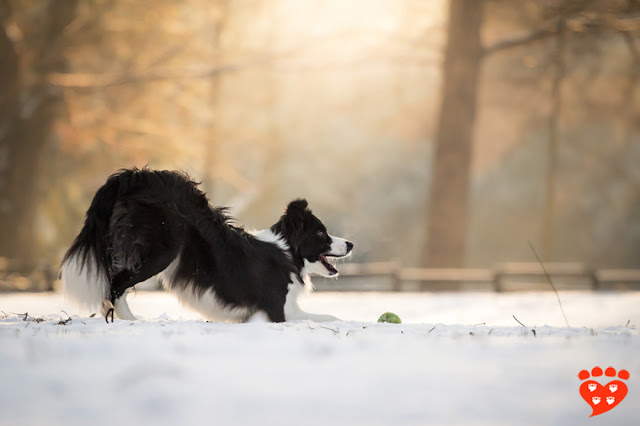
A dog play bow is a friendly gesture that dogs typically use when they want to invite another dog to play. The gesture is made
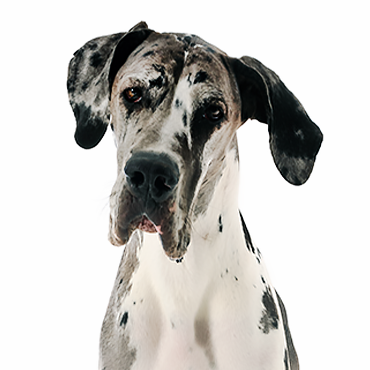
The Great Dane personality is unlike any other dog! From a young age, a Great Dane puppy has dog breed characteristics that none other demonstrate!
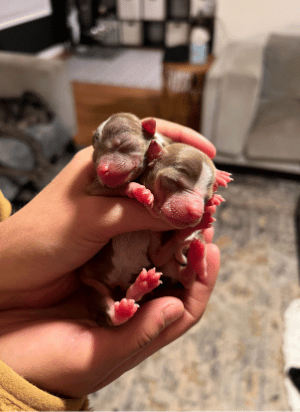
A Great Dane Chihuaha Mix? Sort of- but only because family is made with love and not blood. Great Danes may not be the designer

Why do dogs yawn? A dog yawn usually has a very different meaning than a person yawning. Humans yawning usually implies that they are sleepy.
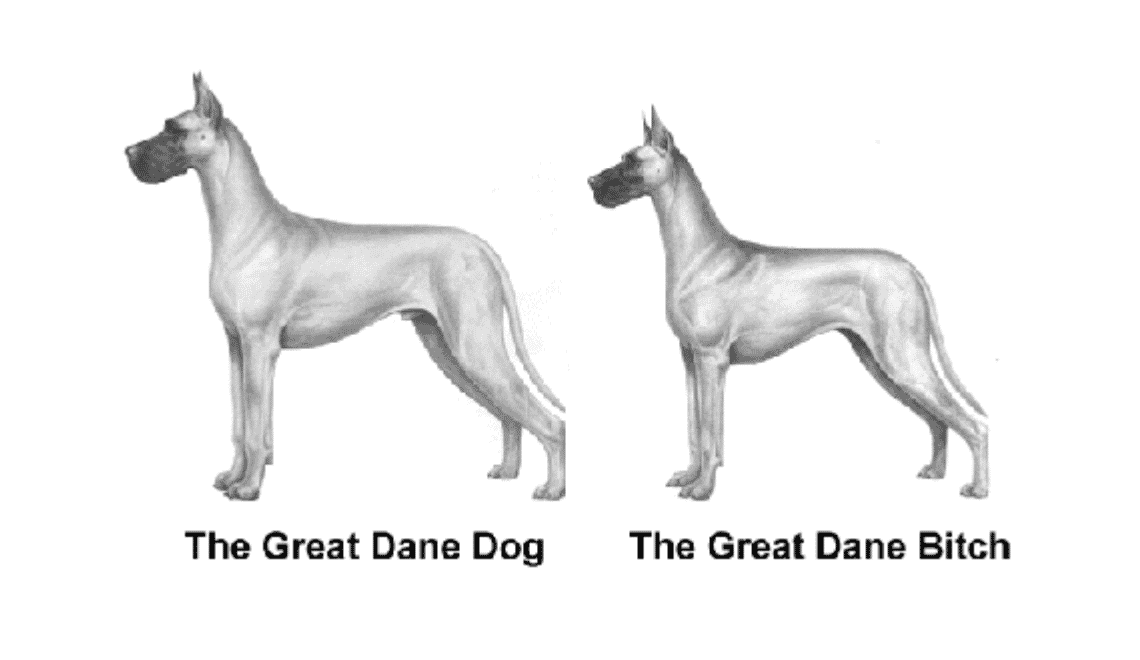
The Great Dane is a breed of dog known for its GIANT size. Today we are discussing the Great Dane breed standard! This standard is
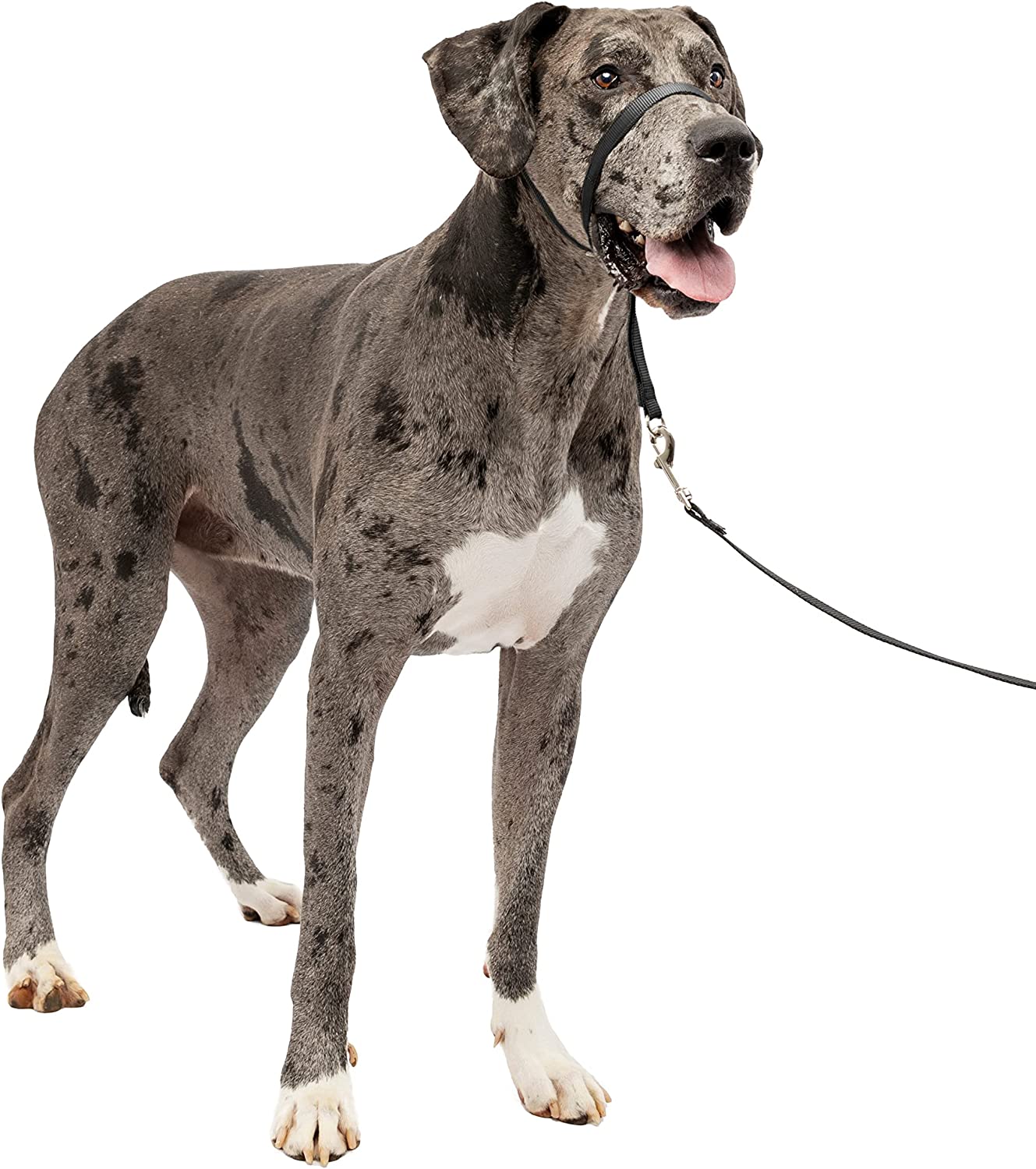
Great Dane barking can be a real problem. These dogs are known for their loud, deep bark, and sometimes it seems like they just won’t

Fear stages in Great Dane puppies often happen without warning and can be alarming to pet parents. If your puppy is suddenly acting scared of

We love to see Great Danes and kids together! Understandably, people have a lot of questions about this though. Because Danes are SO big, they